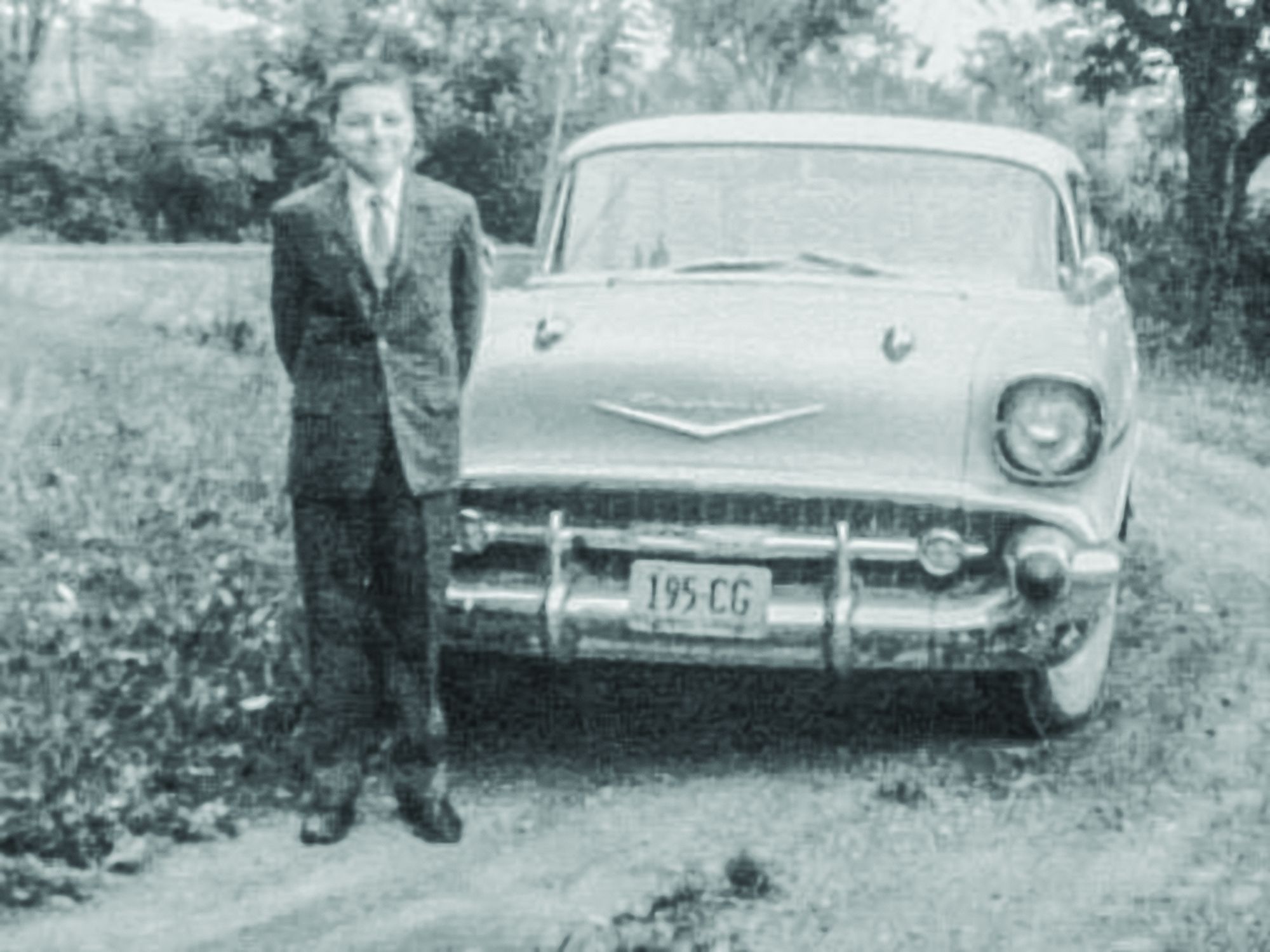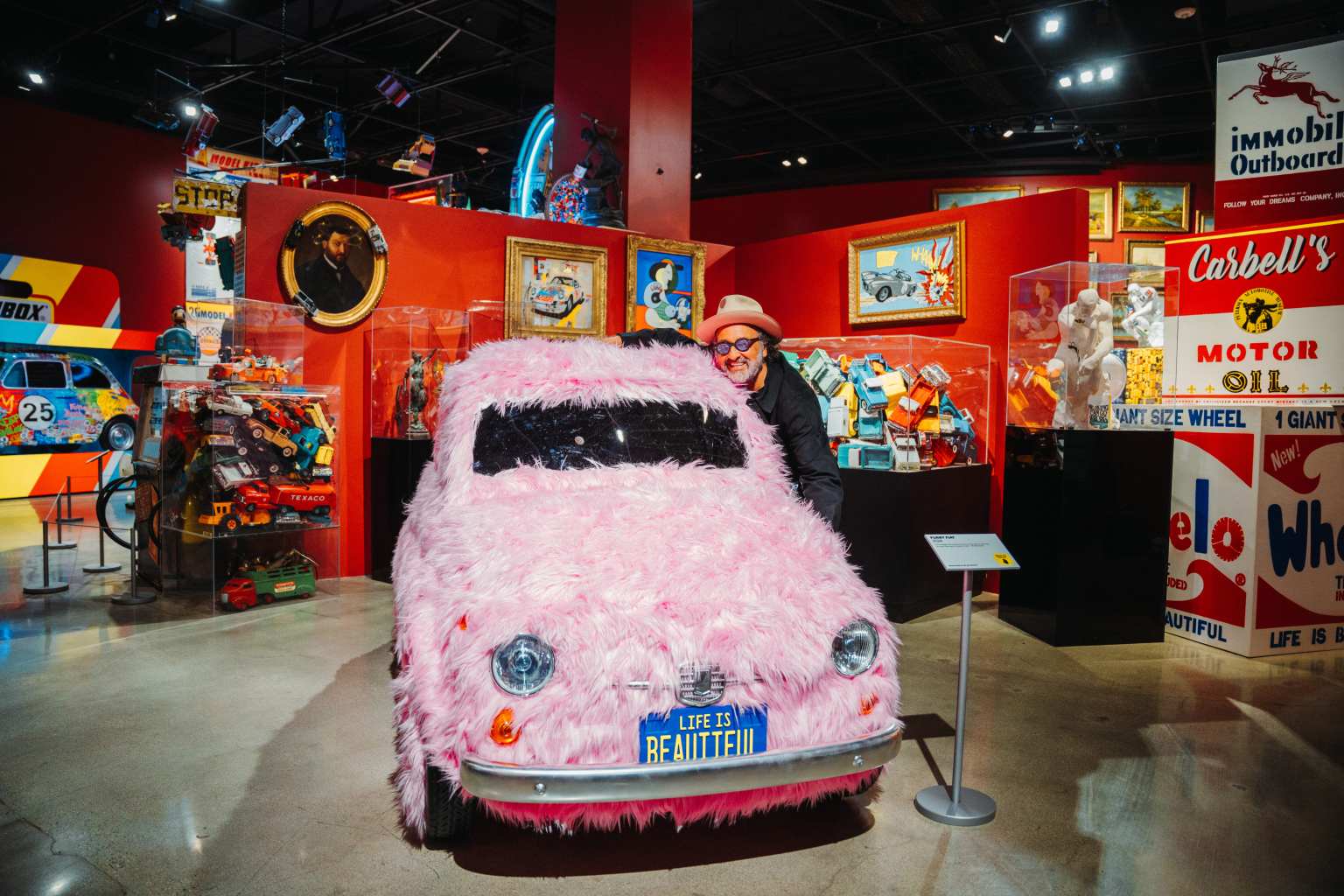Growing up on a farm in Central New York, my father was a dairy farmer who took over the family farm at the age of 16. Through sheer determination and hard work, he managed to turn the farm into a thriving business, providing for his family and even paying for two kids to go through college. The farm, which had been in the family since 1793, supported his lifestyle, but it also gave him the financial stability to pursue his passion for cars.

My father was never short of vehicles. He always seemed to have more cars on the road than he actually needed, and this was how I caught the “car bug.” Despite the long hours on the farm, including a 34-year stint driving a school bus to support the family, Dad found time to add to his collection of vehicles. As a child, I remember the driveway often had more cars than there were licensed drivers in the house.
One of Dad’s early purchases was a 1946 Ford station wagon that he bought shortly after World War II ended. That car was a staple of the farm, helping transport kids to school and back. I also remember him trading it in for a shiny new 1954 Chevrolet station wagon. The Chevy, with its fancy fender skirts and exterior sun visor, was a symbol of success for our family. But it was the 1957 Chevrolet Nomad that would become the true star of the family’s car collection.
The 1957 Chevrolet Nomad
The 1957 Chevrolet Nomad was unlike any other station wagon on the market at the time. A part of Chevy’s “Tri-Five” era, the Nomad was a two-door station wagon designed for families who wanted something sporty yet practical. The Nomad stood out with its slanted tailgates, hardtop-style doors with no window frames, and sliding side windows. It wasn’t just a car; it was a statement. A design that made you feel like you were driving something special every time you got behind the wheel.
The Nomad we owned was a striking light blue color, which I later learned was called Tropical Turquoise. I remember sitting in the back seat with my brother, Ronnie, when we first test-drove the car at the local Chevrolet dealership. What struck me the most was the design of the car – there were no doors that we could fall out of, a detail that made me feel both safe and excited at the same time.
As I grew older, I learned more about the Nomad and its unique features. It wasn’t just another station wagon; it was a vehicle that was built with style in mind. However, one thing that my father would always remember about the Nomad was the modification he made to the front seat, which would eventually lead to a change in who drove the car.

Modifications and Experiences with the Nomad
My father, like many farmers, spent long hours on hard steel tractor seats, which made him particularly sensitive to comfort when it came to driving. As a result, he often added extra foam to the front seats of his vehicles to make them more comfortable for long drives. This was something he did to every car he owned, from the 1946 Ford to the 1959 Ford pickup. However, when he added foam to the seats of the Nomad, it raised them by about two inches.
The added foam, while providing comfort, also created a problem. My father stood at 6 feet 2 inches tall, and with the Nomad’s sporty, lower profile, he began hitting his head every time he climbed into the car. This made him less fond of the Nomad, and soon my mother became the principal driver of the car. My father stuck to his Plymouth and pickup trucks, and the Nomad was relegated to being Mom’s car.
Although Dad wasn’t driving it as much, we still used the Nomad for family vacations. As a dairy farmer, vacations were rare, and when we did get away, it was usually only for a few days. One of my memories of those trips was that, while we drove to different places, the vacation never truly felt like a break. The cows still needed milking, and my uncle would take care of them while we were away.
The Nomad’s Last Road Trip
Once I got my driver’s license, I started driving the Nomad to high school. Despite the fact that Dad was the bus driver and the school was only two miles away, I felt that I deserved the right to drive myself to school when the weather was nice. It felt like an adventure every time I got behind the wheel of the Nomad, and it became a symbol of my growing independence.
After high school, I went to college in northern Indiana. The Nomad’s last major road trip before I officially took ownership of it was a memorable one. It was the dead of winter, and the roads were covered in salty, slushy snow. The car was parked next to the house for several years after that, gradually succumbing to the elements. It was a sad sight, watching the metal slowly corrode as the years passed, but I couldn’t bear to part with it.
The Nomad’s Ownership Journey
After college, I moved to Indianapolis to begin my engineering career. I bought a house there and decided that there was enough space in the garage for the Nomad. So, I drove my new 1973 Cutlass Salon back to New York with plans to tow the Nomad to its new home in Indiana.
As I was driving through Ohio, I was pulled over by the Ohio State Highway Patrol. I was towing the Nomad, but it didn’t have a license plate. I learned that vehicles being towed had to have plates, and I didn’t have the proper paperwork to prove ownership. The situation got more complicated when I showed the officer my New York driver’s license, while my Cutlass had Indiana plates. Fortunately, I had an old photo of the Nomad in my wallet, and the trooper, although confused, let me continue on my way without issuing a ticket.
My journey didn’t end there. While passing through Dayton, Ohio, I encountered ominous clouds, and before I knew it, I was facing a funnel cloud – a tornado was forming. But I pressed on, and after a tense couple of hours, I finally made it to Indianapolis.

Career and the Legacy of the Nomad
My career eventually took me from Indianapolis to Jackson, Michigan, and then back home to the family farm. Over the years, the Nomad remained a constant in my life, even if it wasn’t always roadworthy. It became the foundation of my passion for classic cars, particularly 1957 Chevrolets. I started collecting them, buying and selling parts to finance several restorations.
The Nomad has remained a beloved member of our family, its legacy carrying through the generations. It’s not just a car; it’s a connection to my past, my father’s love for cars, and the memories we’ve made along the way. The journey with the Nomad is far from over, and it will always be a part of who I am.



